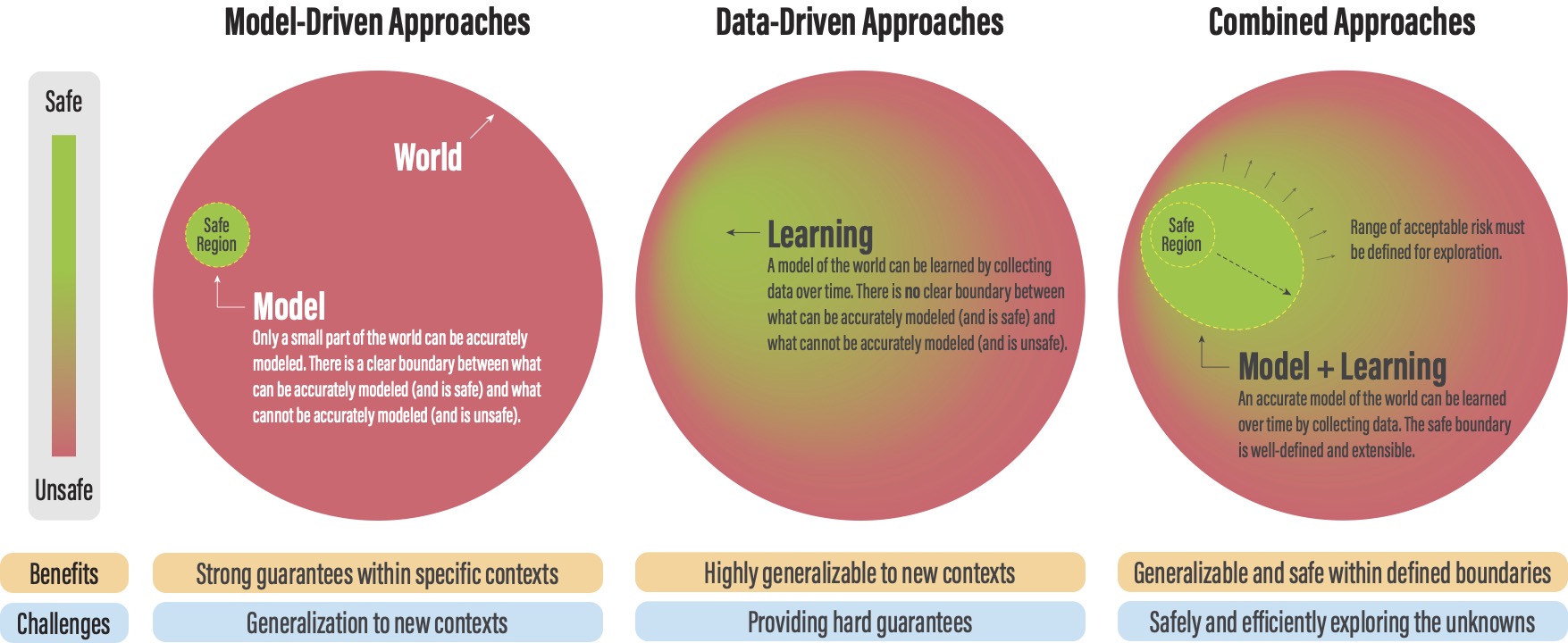Safe Learning in Robotics: From Learning-Based Control to Safe Reinforcement Learning
The last half-decade has seen a steep rise in the number of contributions on safe learning methods for real-world robotic deployments from both the control and reinforcement learning communities. This article provides a concise but holistic review of the recent advances made in using machine learning to achieve safe decision making under uncertainties, with a focus on unifying the language and frameworks used in control theory and reinforcement learning research. Our review includes: learning-based control approaches that safely improve performance by learning the uncertain dynamics, reinforcement learning approaches that encourage safety or robustness, and methods that can formally certify the safety of a learned control policy. As data- and learning-based robot control methods continue to gain traction, researchers must understand when and how to best leverage them in real-world scenarios where safety is imperative, such as when operating in close proximity to humans. We highlight some of the open challenges that will drive the field of robot learning in the coming years, and emphasize the need for realistic physics-based benchmarks to facilitate fair comparisons between control and reinforcement learning approaches.
PDF Abstract

